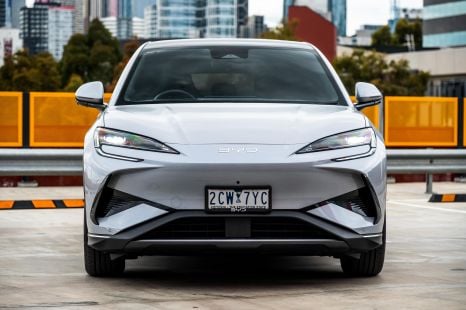

James Wong
2026 BYD Sealion 7 review
2 Hours Ago
The LC70 Anniversary Edition marks a milestone for the tough and rustic warhorse that Aussies continue to love despite its advancing age.
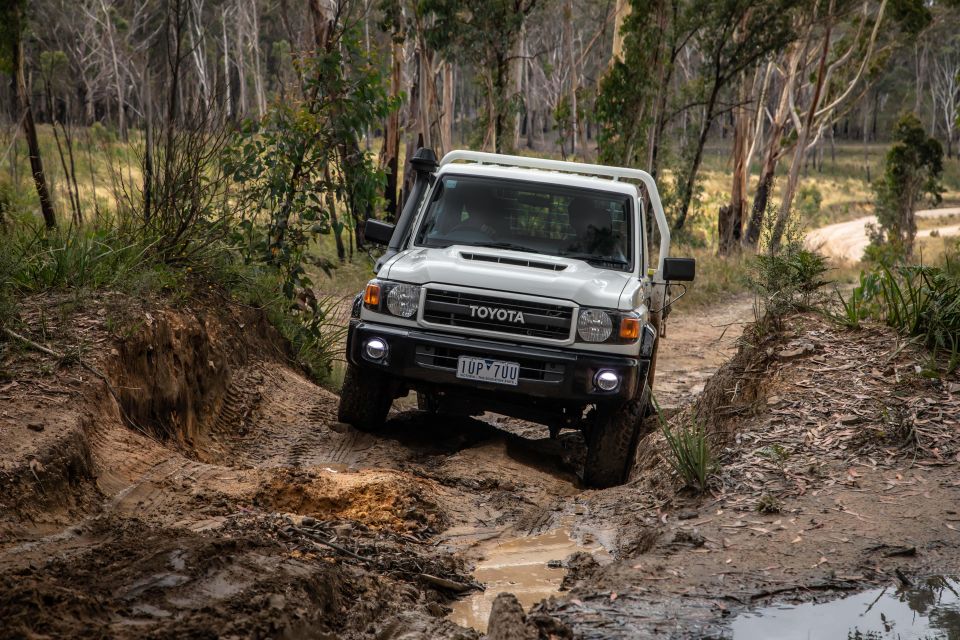
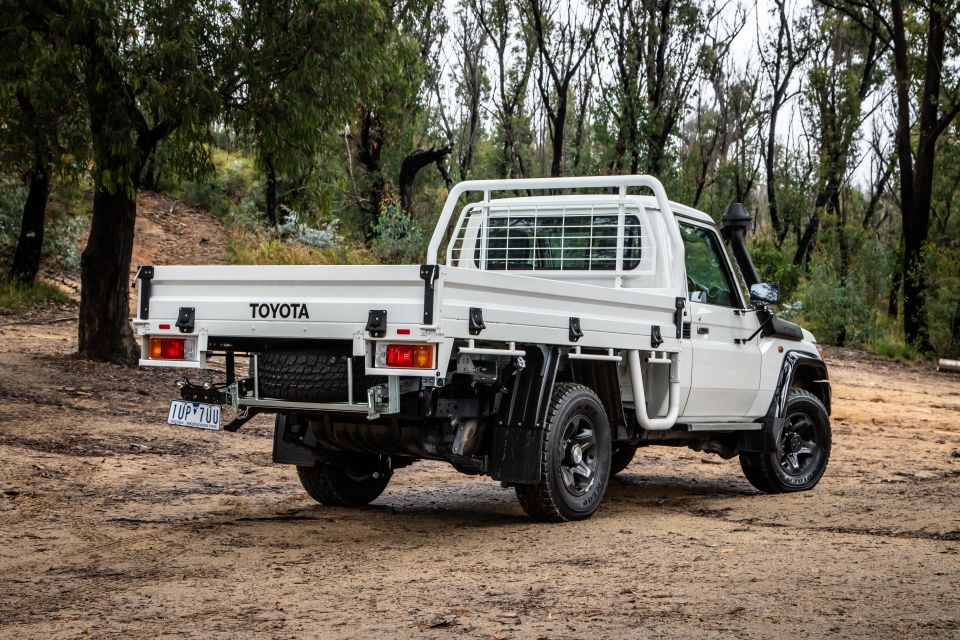

Journalist
New from
$73,050
excl. on-roads

Journalist
New from
$73,050
excl. on-roads


Journalist
New from
$73,050
excl. on-roads

Journalist
New from
$73,050
excl. on-roads
Quickly see how this car stacks up against its competition. Select any benchmark to see more details.
Where expert car reviews meet expert car buying – CarExpert gives you trusted advice, personalised service and real savings on your next new car.
Fun fact: in 2019, Toyota celebrated a landmark 10-million global sales of LandCruiser and over one million of them – 1.14 million by its importer’s count – found homes and workplaces in Australia. That’s over 10 per cent of all LandCruiser sales outright, inclusive of (pre-300 Series) 200 Series, Prado and, our venerable and iconic test subject, the 70 Series. Crikey!
A less fun fact: in 10 years at my current abode the only attempted (and thwarted) theft of a press vehicle in my custodianship was a 70 Series LandCruiser. Not the LandCruiser 70 Anniversary Single-Cab on the page before you but a regular 79 Series Single-Cab chassis, years ago. Seems like some Aussies can’t get enough of LandCruiser, even if they can’t afford one…
Seventy years, eh? Well, not exactly. This commemorative special edition lobbed last year marking the milestone arrival of the Toyota BJ originator from 1951 that was renamed LandCruiser – or the split ‘Land Cruiser’, as its badging actually states – in 1954.
Whether it’s actually 71 or 68 years from today is immaterial in celebrations of a milestone. Besides, the LC70 as so many Australian know and continue to buy dates back to 1984. Yep, it’s old. The 70 Series has been around now for 37 years on Australian soil.

Needless to say, the LandCruiser is an anomaly, a fringe-dweller right at the dustiest and most rugged corners of the motoring (and geographic) landscape, where conventional wisdoms and viewpoints don’t really matter much in the larger picture of capability, purpose and dependability.
Age? Pfft, so what?
Besides, the breed has seem some tweaking over its near four-decade existence. The last notable update in 2016, where the Single-Cab chassis was reengineered to improve structural strength and safety, earned it a five-star ANCAP rating. New seats, new body panels, some other detailed enhancements helped keep it going.
The 70 Series survives, with nary a measure of meaningful evolution, because it’s a survivor. It can cope when the brown stuff hits the big fan. It’s the largest tool, the fittest ally and, somewhat infamously, it’s the most dependable weapon. Its infamous association with war zones isn’t exactly what Toyota had in mind with its ‘still powerful, still indestructible’ marketing, but jeez, it sure brings a certain credibility with it…
Based off the LC79 GXL Single-Cab chassis ($73,050), the 70 Anniversary version asks for an extra seven grand, listing for $80,050 before on-roads. Only 200 units of the LC Single-Cab are being offered.
Toyota also offers a five-seat Double-Cab 70th Anniversary (320 units) which commands a modest premium for its $82,600 list price. Fancy a wagon? That 76 Series Wagon body style is, at $78,500 plus on-roads, the most affordable of the commemorative trio and, at just 80 units, the most exclusive. There’s no Troop Carrier version offered.
Too rich for you? The 70 Series Single-Cab can be also had in middling GX ($70,950) and ‘mining spec’ Workmate grade ($68,950) if you’re not into it for the frills but want the same motivation and underpinnings that are common across all grades.
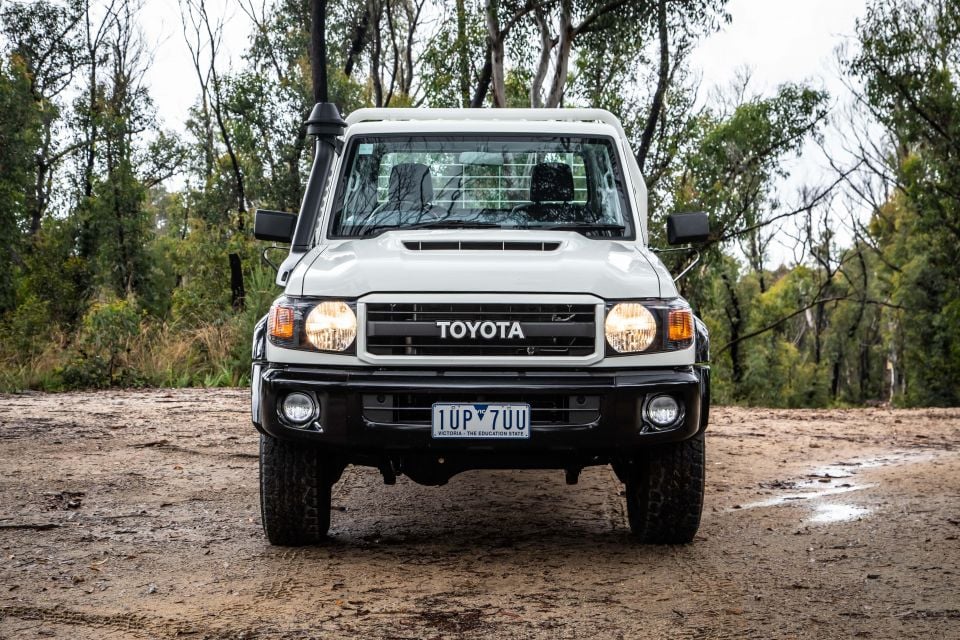
Unlike the regular range’s choice of six body colours, the 70 Anniversary versions are only available in French Vanilla (white), Merlot Red and Sandy Taupe (tan).
The genuine Toyota trays are extra cost, pricing dependent on whether you choose alloy or steel, and whether you want general-purpose heavy duty or wish to have its colour matched to the bodywork. Our example fits a French Vanilla heavy-duty steel body at $4443.87. It also fits the optional underbody tyre hanger, at $596.50, for a grand total of $85,090.37 before on-roads.
If you’re up for a quick laugh – or cry – have a squiz around the ’net at some of the price gouging for 70 Anniversary examples. Some ambitious sellers are wanting well into triple figures for some examples, at times around twice Toyota’s recommended list price. Yikes!
Rivals? Erm…
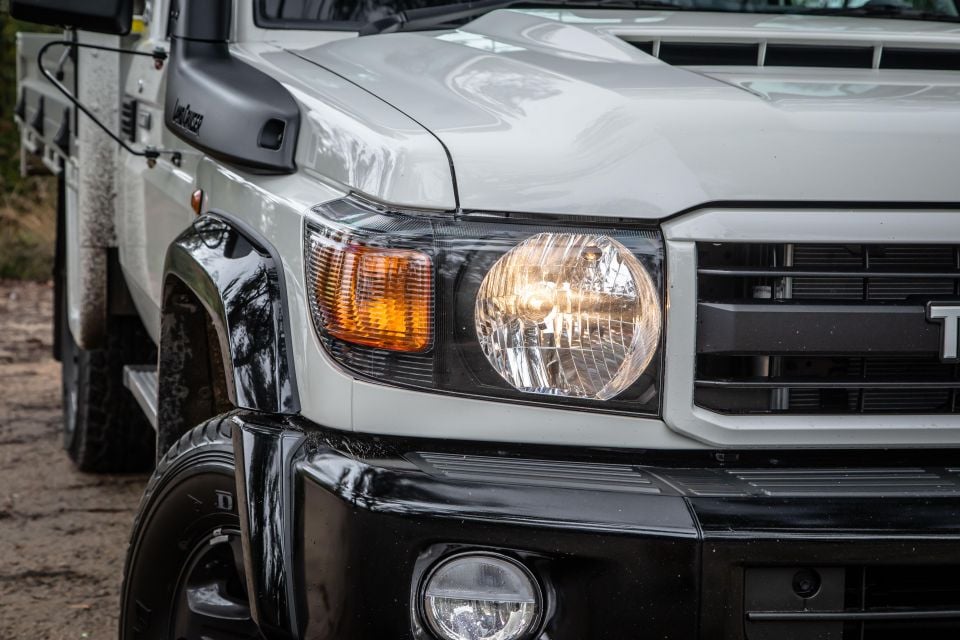
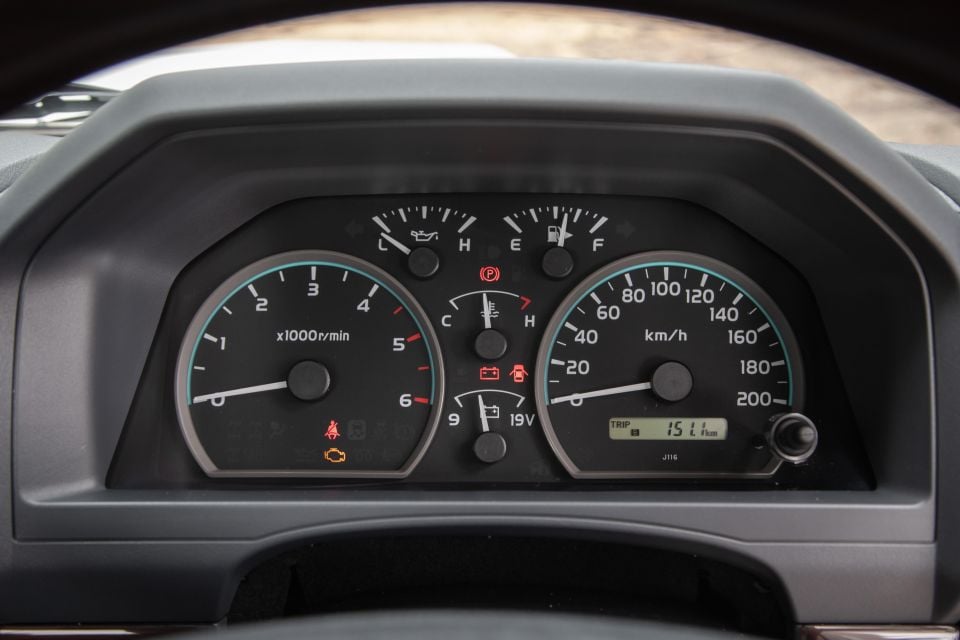
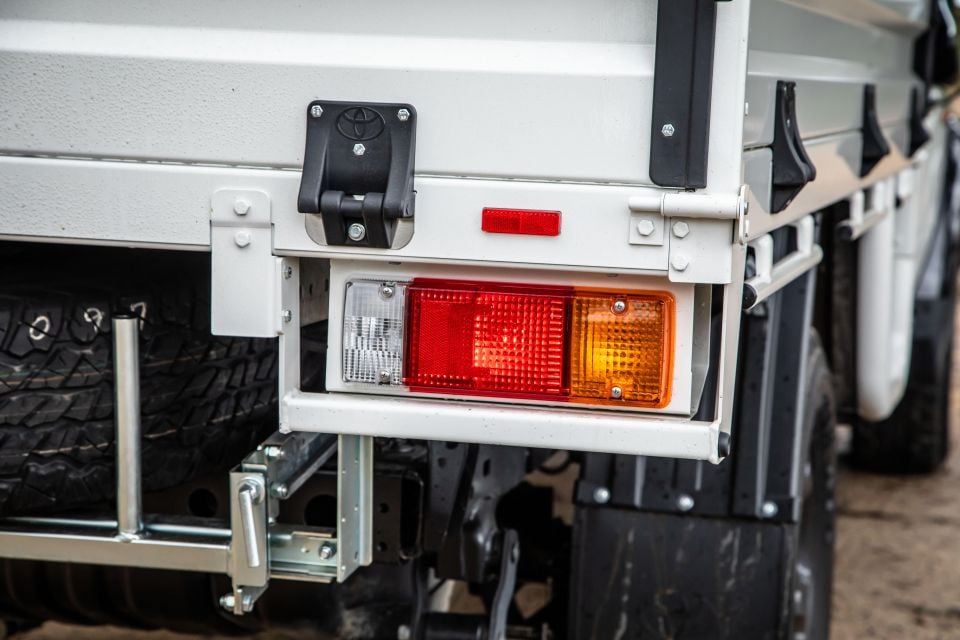
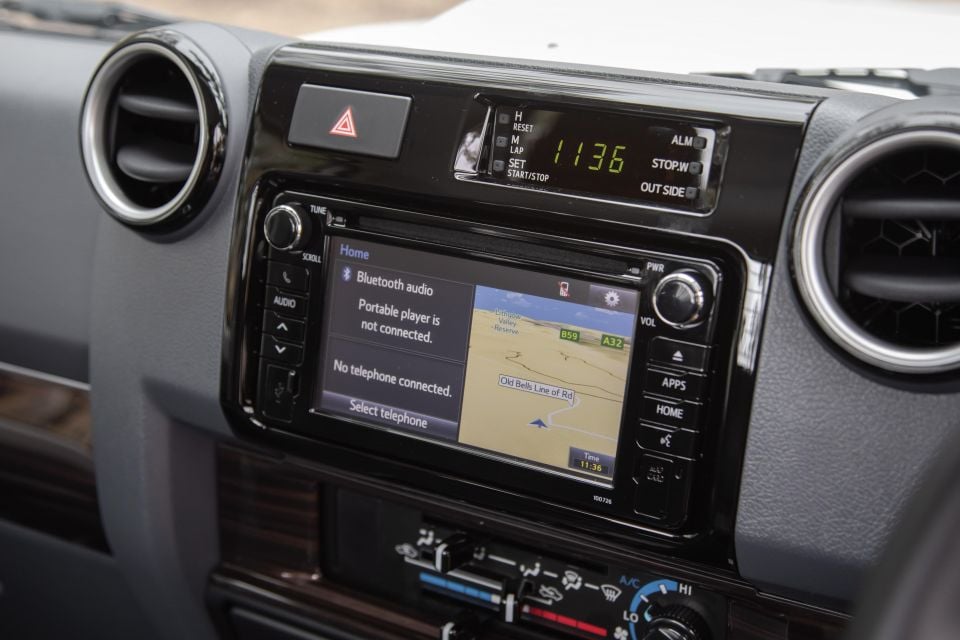
Buy your new car without the stress. It's fast, simple and completely free.

Great service from Travis and team, second time I have used this business would not hesitate to recommend them to anyone
Craig C.
Purchased a Ford Ranger in Sunshine Coast, QLD
CarExpert helped Craig save thousands on his Ford Ranger, now let us save you on your next new car.
Find a dealFrills, modernism and window dressing? Not here, champ.
LandCruiser 70 GXL highlights:
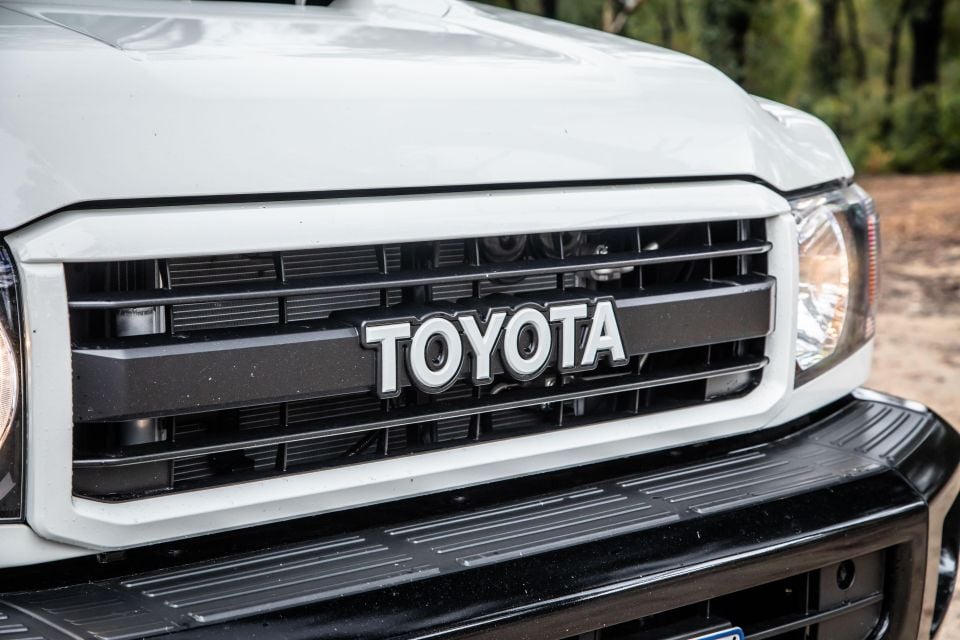
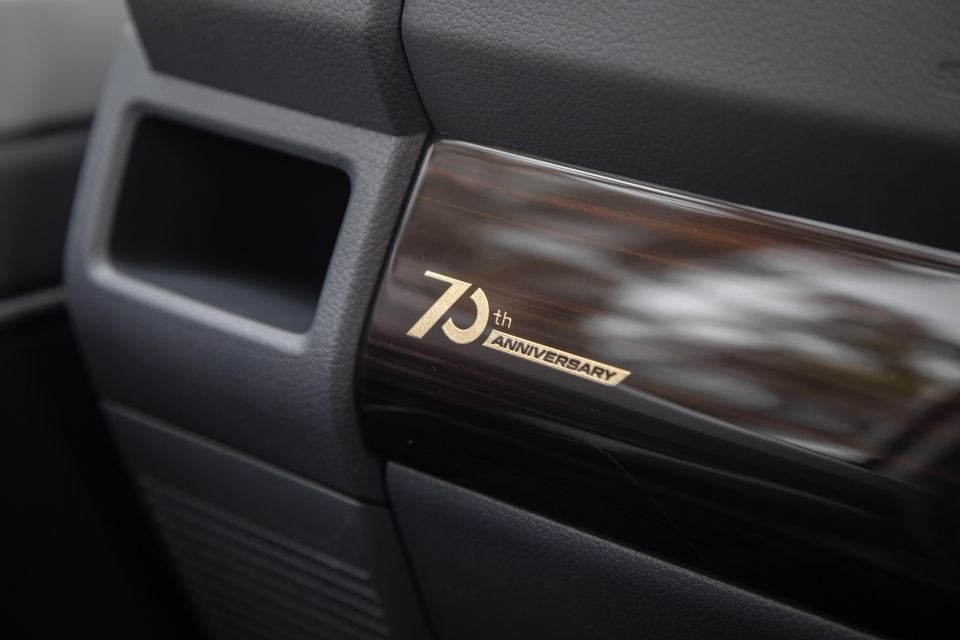


LandCruiser 70th Anniversary Edition adds:
Essentially, the commemorative edition is a seven-grand sticker pack with a few extra sweeteners.
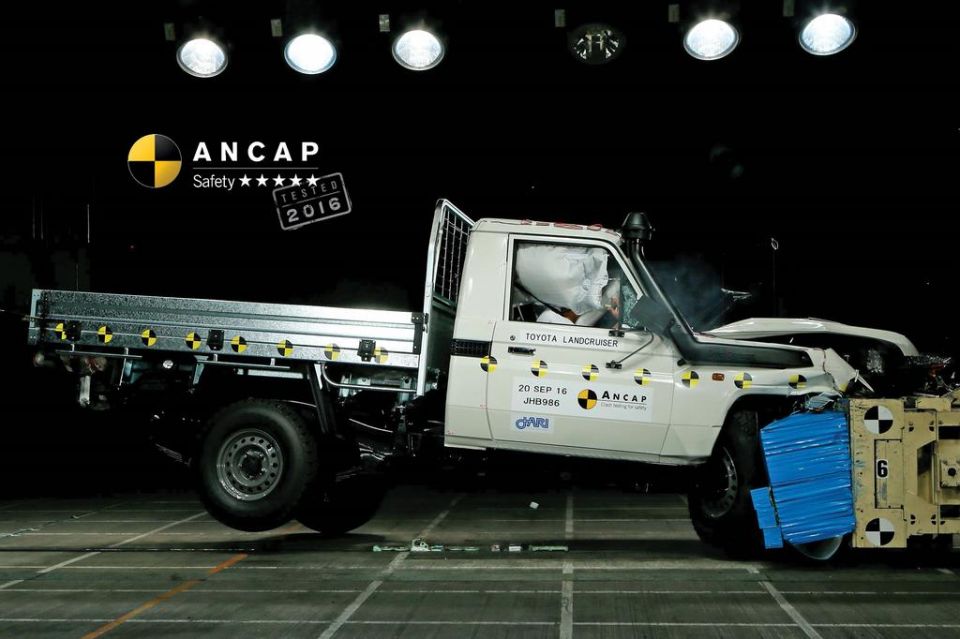
The 79 Series Single-Cab comes with a five-star ANCAP safety rating from assessment conducted in 2016. It’s the only version of the LandCruiser 70 to carry that rating.
This was based on a frontal offset crash rating of 14.75 out of 16 and a side impact score of 16 out of 16, while whiplash and pedestrian protection were rated Good and Marginal, respectively. The caveat here is this older 2016 assessment is less intensive than the current regime.
Standard safety equipment includes:
No active safety or convenience systems, such as autonomous emergency braking, lane support systems or a reversing camera, are fitted outside of the passive cruise control feature.
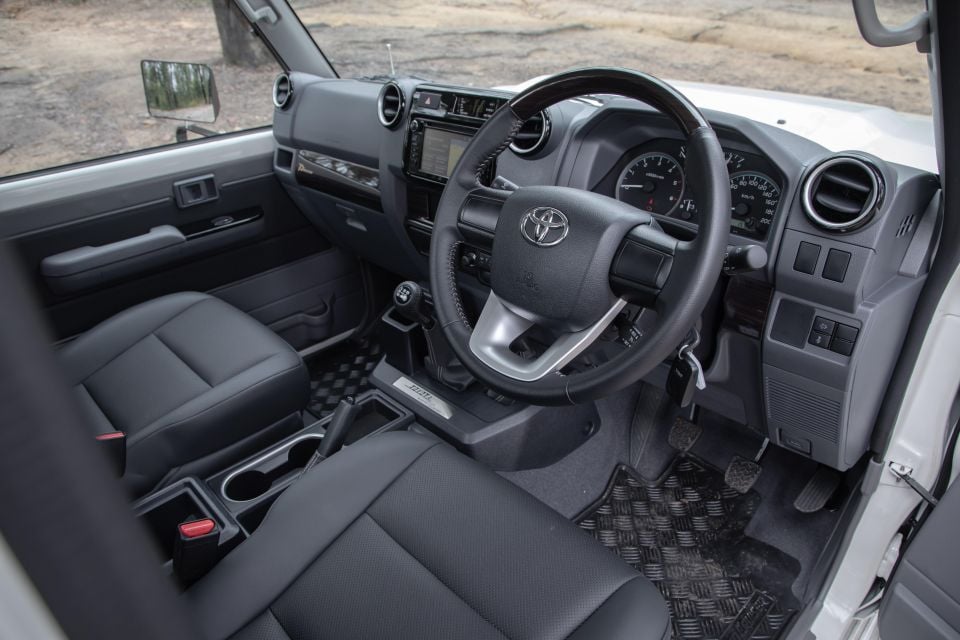
Climb in and you must slam the doors shut, complete with that signature and time-honoured ‘clang’! Welcome to the mid-1980s. Well, mostly…
There are small concessions to modernity, such as Bluetooth phone and audio streaming – no Apple CarPlay or Android Auto here – and USB ports. But from the manual air-con and mirrors to the mechanical 4×4 mode selector and lack of digital speedo, the 70 Series literally is as retro as you’ll find in any showroom – still, you get a switch for the powered aerial and a CD player.
Know what? That’s all just fine. For its prescribed role in the motoring universe, its cabin presents almost everything you actually need, bar a reversing camera and rear parking sensors. Both of which you quickly discover would be incredibly helpful, such is the trickiness in judging the rear end while reverse parking.
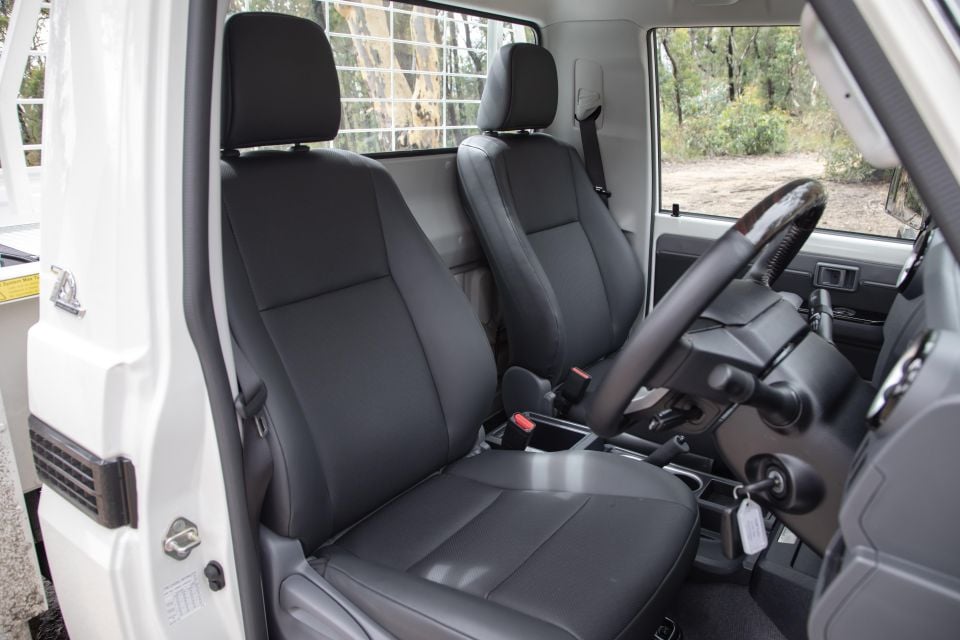
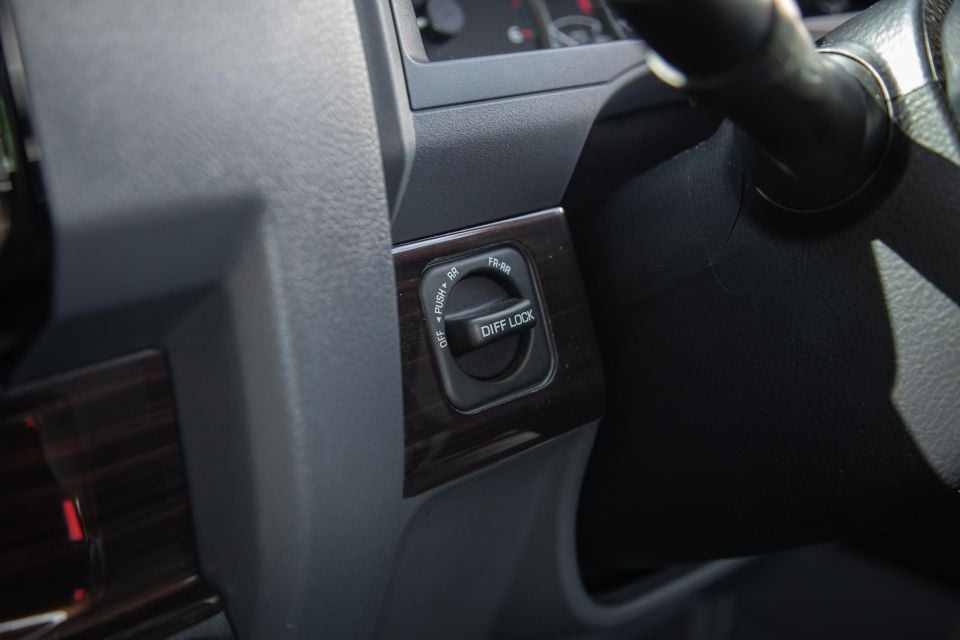
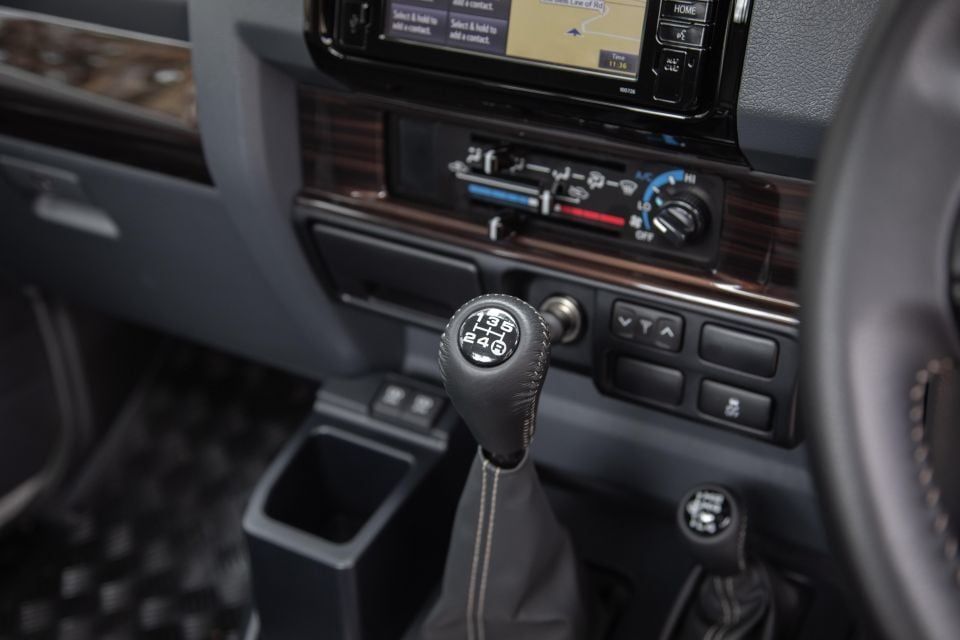
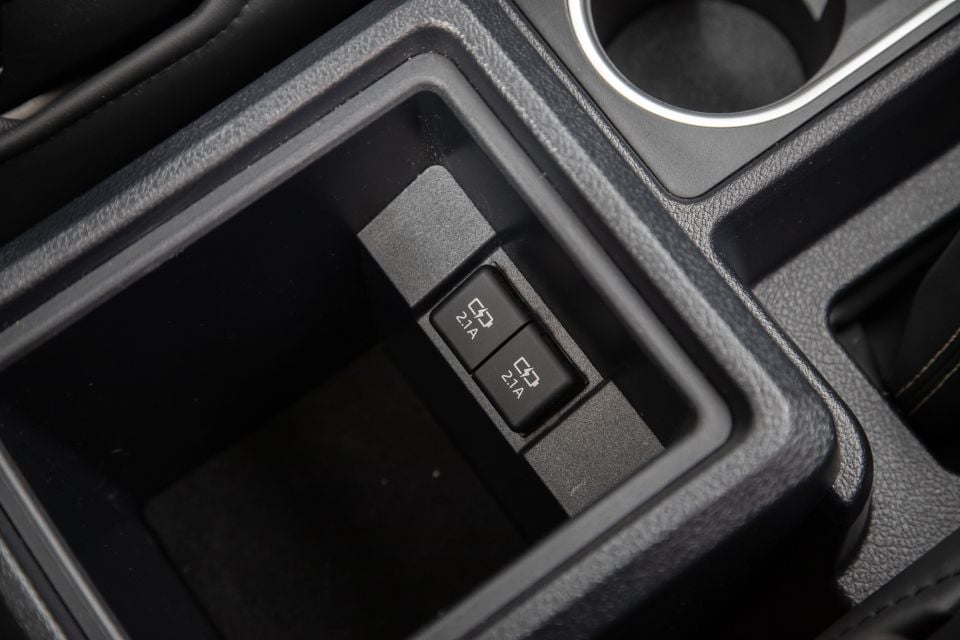
Still, outward visibility is fantastic with its huge glass area and low sills. And unlike the horrendous blind spots present in the 76 Series Wagon, the 79 Series ute’s vision through the rear glass is excellent.
It’s also surprisingly comfy. The seating, the legroom and headroom, the control placement all makes for a likeable and fatigue-free place to spend long stints in the saddle. The bluff dash fascia, hardy surfaces, even the baseball bat-like gear shifter are all in comfortable reach and the materials used are utterly ideal for the sorts of tough, dirty, muddy environments the 70 Series was designed to tackle.
On that, the real head-scratcher is the seat trim: the GXL on which the 70 Anniversary is based, upgrades from vinyl to cloth, and yet our tester fits grey trim clearly sourced from a plastic cow. Toyota calls it “premium black upholstery” but it looks and feels just like grey vinyl. Ditto the supposed “leather” trimmed wheel, complete with kitschy ’80s fake wood (as also found in the new 300 Series).
Stowage is mix of small trays that look like an afterthought. Then you discover it works surprisingly well. Your phone slots neatly in the square holster below the air-con control, right by the front USB ports and the matted oddment cubbies are ideal for keys and small objects, while wallets fit neatly in the slim door bins.


The 6.1-inch infotainment screen is very ordinary. Older owners with dodgy vision might struggle with the tiny sat-nav display; however, proprietary guidance really is a must given that the 70 Series is intended to boldly go far-flung places where you’ll likely drop out of phone range and where Apple CarPlay or Android Auto are no longer your friends. The Bluetooth audio streaming works fine but the audio quality of the phone connectivity is woeful.
The glovebox is lockable and handy for valuables. Further, there’s ample space between the foldable seat backs and rear bulkhead for backpacks, small bags and some of the off-road rescue gear that might be prudent when venturing into the great unknown.
At the business end, the heavy-duty steel tray features sturdy ‘quick lock’ hinges that are fairly easy to release and clip, a steel headboard that ducks nicely below 2.0 metres to prevent misfortune in lower underground carparks, and a 2.4-metre-long, three-millimetre checker plate floor. Payload is 1225kg.
There’s ample tie-down facility via the provided rope rails and plug mounts, while large stirrup steps are formed either side of the headboard when you need to climb up in order to tie down the payload.

The 70 Anniversary carries over the oh-so familiar 4.5-litre direct-injected common-rail turbo diesel V8. Outputs are unchanged at 151kW (at just 3400rpm) and 430Nm (between 1200-3200rpm) for what Toyota describes as “its flattest torque curve”.
It’s backed by a one-spec-fits-all five-speed manual gearbox. The transmission ratios were revised in the 2016 update to improve fuel economy, which Toyota advertises as 10.7L/100km on the combined cycle. The fuel tank is a massive 130 litres.
The driveline features a dual-range transfer case, individual switchable differential locks and an active A-TRC off-road traction control system; a relatively recent addition to the 70 Series trickled down from the now defunct 200 Series wagon.
Braked towing is 3500kg while unbraked is 750kg.
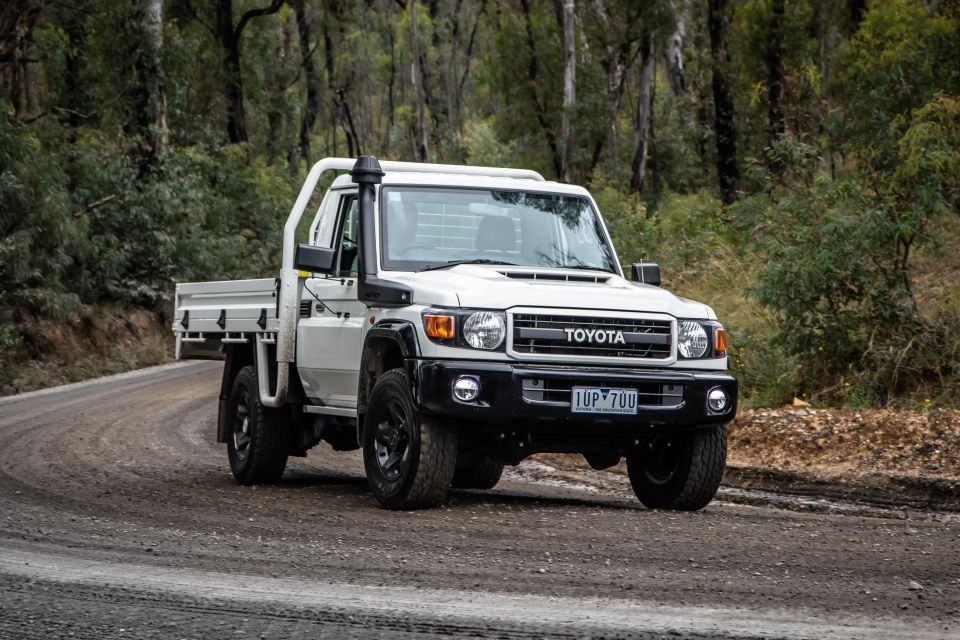
It’s agricultural. Realistically, the 70 Series driving experience can vary as much as day and night depending on where and how it’s driven. So let’s start on road…
The diesel V8 is big, noisy, lazy and seemingly under-stressed, with torque as flat as the Nullarbor Plain. Its sweet spot is so narrow (1500 to 3000rpm) or so it feels – and the five-speed is geared so short – that you’re rowing away at the tall gear lever feverishly to make any sort of hasty getaway.
In fact, you can almost ignore first gear anywhere other than take-off uphill and use it as a four-speed. Further, tractive effort is such that you can grab fifth at 60km/h and ride the throttle through to highway speeds.

The recirculating ball steering is leaden and slow, while the turning circle is laughably broad. Ride is decent, due to the balloon rubber, though hitting a speed bump with an unladen rear axle does make you wince.
It’s tough to judge when parking, which demands patience and deft judgement. The 70 drums up a real racket of mostly engine and wind noise on a motorway, where it likes to wander across the road and yet it’s surprisingly easy to drive while punting around the ’burbs.
Better still, it’s a real hoot because for all of its unrefined nature it just oozes character. It feels like a big Tonka truck. While kicking it in the slats we create some tyre howling wheelspin off the mark, it’s slow enough getting up to proper pace that there’s little chance of getting nicked for speeding in it…
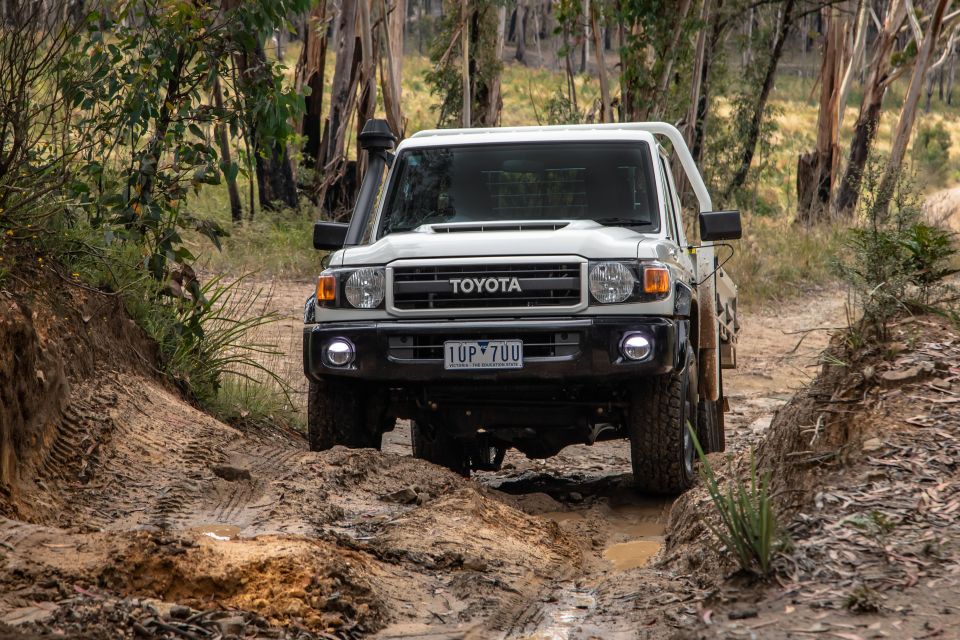
Still, off-roading is where it’s at. Out at the famed off-roading tracks outside of Lithgow, NSW, this road-going Clark Kent turns into a veritable dirt-kicking Superman.
Across graded dirt and gravel, it’s stiffer and less planted than, say, a smooth-sailing LandCruiser 300 Series, but despite the heavy-duty suspension there’s an acceptable level of compliance. 4H is near essential to the get V8 torque to the ground without incessant wheelspin and to keep the tail settled.
Heavy rain has played havoc with this 4×4 mecca. The usually predictable landscape is slicker than normal and its many pools of brown muck are deceptive mud traps for the inexperienced. It’s also caused severe corrugations along the main artery that’s Old Bells Line of road.

Where expert car reviews meet expert car buying – CarExpert gives you trusted advice, personalised service and real savings on your next new car.
The LC79 ploughs through the landscape rock solid and squeak-free, if shifting about after impacts with big hits and deeper potholes. Everything about this machine is tailor-made for this stuff, save for the seatbelts, which tighten to the point of near strangulation, forcing me to stop periodically to reset the tension.
We pick an intermediate-grade set of moguls to attack, the 70 Series taking a moment or three to engage its front and rear diff locks. Low-range 4×4’s first is geared laughably short but it allows pinpoint accuracy with forward progress as the Single-Cab drops its nose into the deep depressions and starts cocking rear wheels in the air.
Entry and breakover clearances are excellent and as the torque wave slowly and effortlessly forges the Toyota through the course, the only impact is the rear number plate assembly, which hangs ridiculously low. After one modestly challenging pass, the plate is a mangled mess.
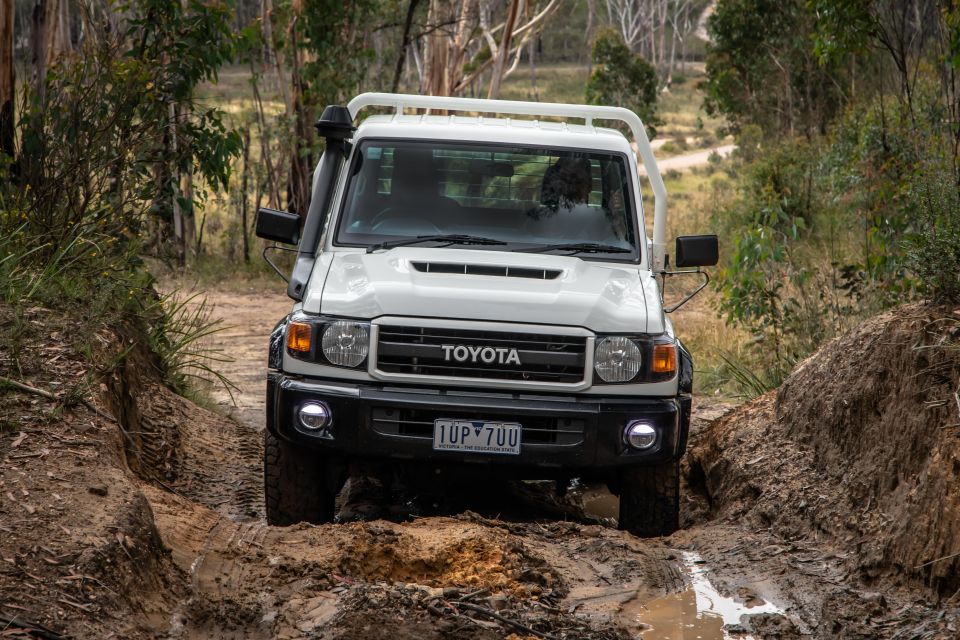
Traction is impressive. The knobbly tyre tread provides good mechanical grip, even on the slippery mud, but it’s really the active traction control that’s the hero – plying the best from the rubber and directing torque to the wheels that demand it, cleanly and transparently. It’s a real boon in tight situations where the diff locks cause noticeable bind-up (tight turns) or where the locked rear axle wants to skip sideways when you don’t want it to.
You soon discover that where the powertrain’s torque and gearing characteristics seem utterly cumbersome around town, it’s ideally attuned for serious off-roading play or when work demands getting down to business across the most challenging landscape Australia can offer.
The LC70 brings an absolute confidence that it will get you out of almost any predicament you’re likely to find yourself in.
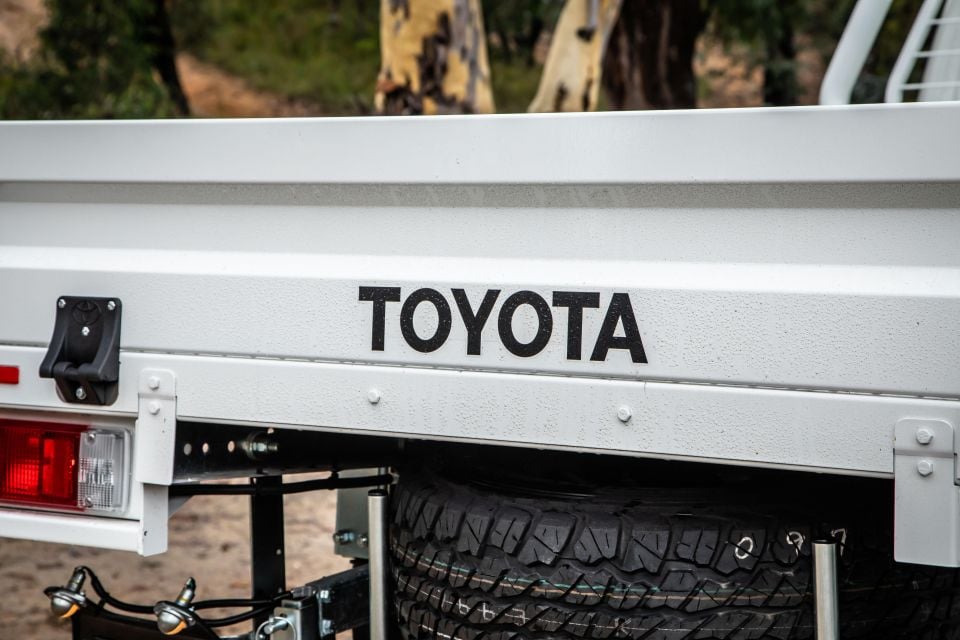
The 70 Series comes with a five-year, unlimited-kilometre warranty for private use and capped at 160,000km for commercial usage. An extra two years of engine and driveline warranty is also offered conditionally.
Servicing is required every six months or 10,000km, whichever comes first, capped at $375 per visit for the first six visits (three years/60,000km).
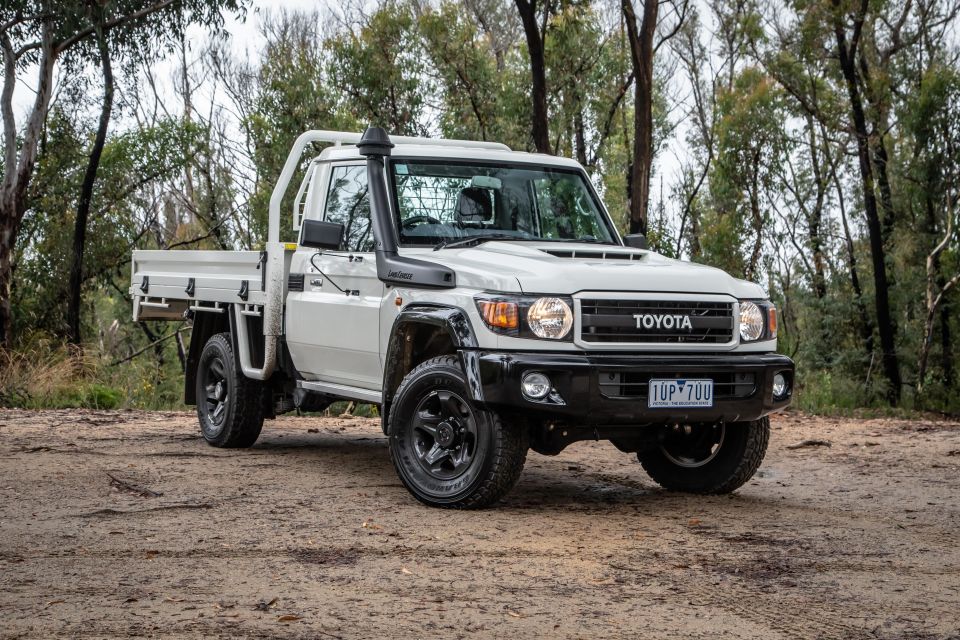
There’s a lot to unbox about this commemorative limited-edition Single-Cab chassis and its 70 Anniversary ilk. Where to start…?
The 70 versions are really for diehards and enthusiasts because, frankly, a $7000 sting for some badges and trinkets doesn’t stack up value-wise, particularly if you’re into the 70 Series as a workhorse or for its off-roading chops. Clearly there’s also a belief that it’s an instant collector’s item too, so lump investors and flippers in as key interested parties.
If you’re after a nice stylised urban runabout – something with big character for around town café cruising – you’ve come to the wrong vehicle. That is, unless you’re a masochist. It’s tough work around town and the real payoff is the sort off-roading, hard-lugging adventure promised on its tin.
Embrace the 70 Series’s multi-terrain talents and suddenly its $80k ask starts to look like pretty good value given the capabilities on offer. Bearing in mind the 70 Series LandCruiser is around the half the advertised price of Toyota’s new LC300.
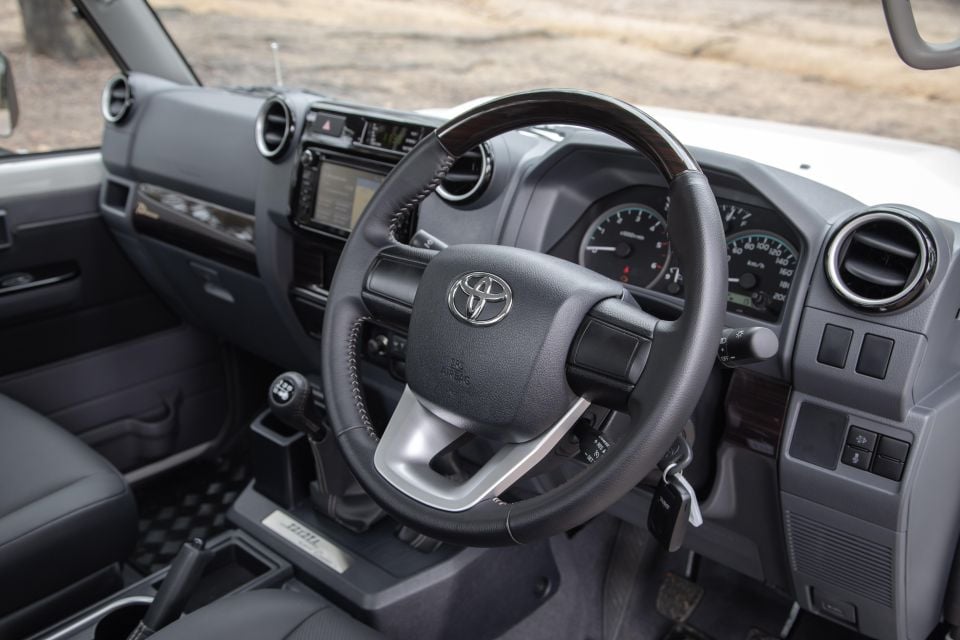
That said, the more affordable, no-less-capable regular GXL Single-Cab does start to look pretty enticing…
It’s easy to see how many would dislike the 70 Series: it’s not ‘nice’ but it does not aim to be. It’s also really easy to see why so many others simply love the thing. Capability wise, it does exactly what you expect, delivers handsomely on its promise and its fitness for purpose is, outstanding.
Its age really doesn’t matter either, because it doesn’t meaningfully impact its core virtues and what the model continues to offer in 2022. The only potential tragedy would be if Toyota decided to stop making the 70 Series in a form so many know and love.
The LC79 doesn’t really conform to ‘sensible’ review. It certainly shines and delivers where it needs to, which happens to be generally outside a conventional car review rating system. So take the attached ratings with context and a few grains of salt.

Click the images for the full gallery
Where expert car reviews meet expert car buying – CarExpert gives you trusted advice, personalised service and real savings on your next new car.


James Wong
2 Hours Ago
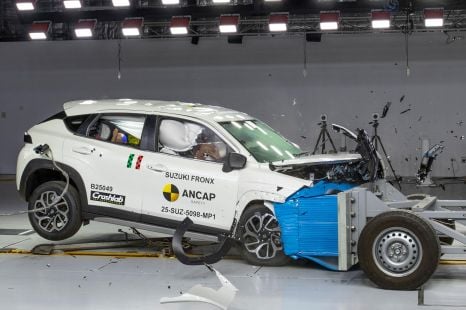

Damion Smy
10 Hours Ago
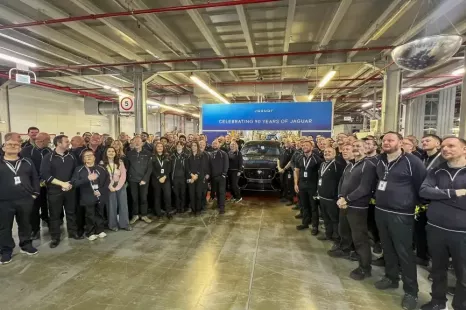

Damion Smy
14 Hours Ago
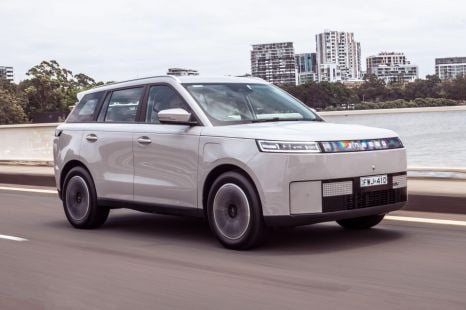

Josh Nevett
16 Hours Ago
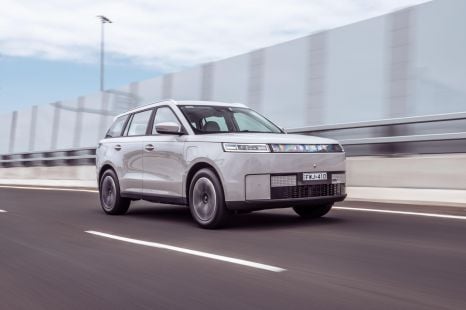

Josh Nevett
16 Hours Ago
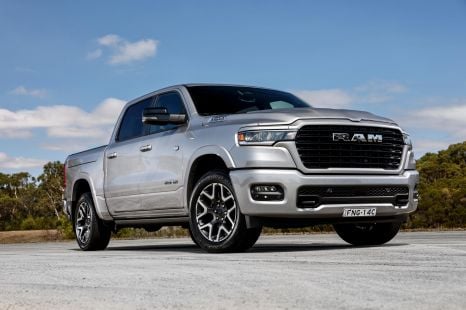

Damion Smy
16 Hours Ago